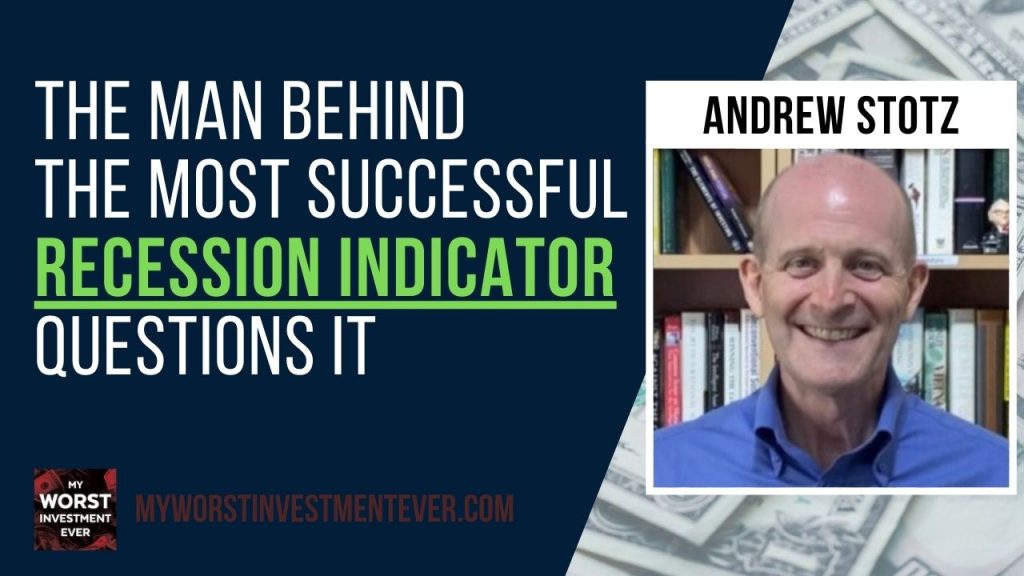ISMS 2: The Man Behind the Most Successful Recession Indicator Questions It

Listen on
Apple | Google | Spotify | YouTube | Other
Did the man who discovered the most successful recession indicator abandon it?
Click here to get the PDF with all charts and graphs
In a recent LinkedIn post, Campbell Harvey outlined why his yield curve inversion theory, which has a perfect record of predicting recessions, may no longer work. He concludes that we may not get a recession in 2023.
He argues that the labor market is strong compared to the past two recessions. Unfilled jobs are still high, and skilled workers losing their jobs have shorter periods before getting a new job.
The current situation is not like the 2008 or 2020 crises
This is unlike the 2008 global financial crisis and the 2020 pandemic recession, where workers had no job opportunities to pursue. Harvey argues that consumers have less indebtedness and are better prepared to withstand the rise in interest rates.
The financial sector is strong compared to the 2008 period, reducing the risk of a financial sector crisis that would exacerbate an economic crisis.
Focus on the real yield curve
Harvey also suggested that we should put more weight on the real yield curve (after adjusting for inflation), which shows no inversion, despite the inversion of the nominal yield curve.
The inverted yield curve has become a victim of its own success
Finally, he proposes that his predictor may have become a victim of its own success. Harvey argues that the reactions of economic agents could lead to lower growth, and if the economy survives the period, a soft landing is possible.
Maybe the widespread knowledge of the success of the yield curve has caused people to adjust ahead of time which will lessen the impact of the recession.
Arguments for why Harvey’s inverted yield curve signal is working just fine
But not everyone is buying his reasons for abandoning his measure. Below is a list of some of the arguments made in the comment section about why Harvey’s inverted yield curve signal is working just fine.
- The labor force participation rate in the United States has been falling, it averaged 63% from 1948 to 2022, reaching an all-time high of 67% in 2000
- Consumer debt is at all-time highs; most relevantly, consumer debt service payments as a percent of disposable personal income are the highest in over 13 years and still rising
- The consumer is weak as wages are not keeping up with the fast rise in consumer prices, driven by high energy and commodities prices
- Consumers need to borrow or tap into their savings as disposable income gets eaten up
- Consumer savings rates are low
- The Fed will not reduce its rate rise course soon as unemployment is still low
Will 2022 be the first time since 1968 that the inverted yield curve gives a false signal of recession?
Click here to get the PDF with all charts and graphs
Andrew’s books
- How to Start Building Your Wealth Investing in the Stock Market
- My Worst Investment Ever
- 9 Valuation Mistakes and How to Avoid Them
- Transform Your Business with Dr.Deming’s 14 Points
Andrew’s online programs
- Valuation Master Class
- The Become a Better Investor Community
- How to Start Building Your Wealth Investing in the Stock Market
- Finance Made Ridiculously Simple
- FVMR Investing: Quantamental Investing Across the World
- Become a Great Presenter and Increase Your Influence
- Transform Your Business with Dr. Deming’s 14 Points
- Achieve Your Goals

